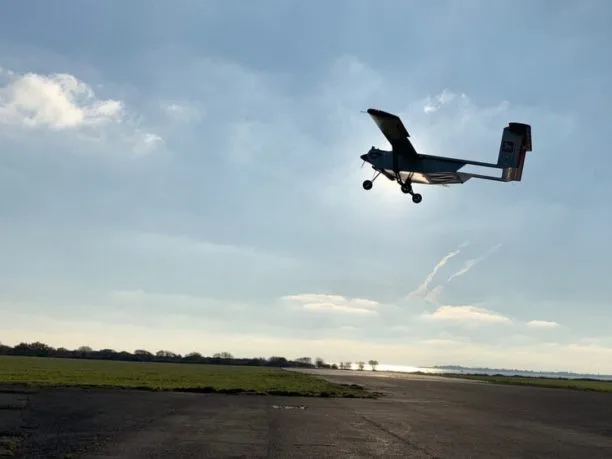A new study by ornithologist Dr. Roy Armstrong and ecologist Caitlin Henderson has found no evidence of disturbance among seabird colonies in Orkney as a result of recent drone flights conducted by Windracers. This discovery is important for drone operators planning to serve Scotland’s remote island communities, where many sensitive bird species are located.
The seabird colony disturbance study was commissioned as part of Windracers’ drone delivery trial in Orkney. The trial featured the Windracers ULTRA, a twin-engine, fixed-wing aircraft with a 10-meter wingspan, flying autonomously between the islands of Eday, Westray, and North Ronaldsay several times each week.



These are a very different type of drone, but I have worked on a site with a large colony of seabirds that also attracted a lot of recreational drone usage due to historical features on the site. These smaller, hovering drones would very obviously disturb the breeding birds in the short term - we would notice the disturbance before spotting the drone quite often - and there was a good deal of discussion about their growing use and possible consequences. The organisation currently has a ban on drones over their properties for this and various other reasons - but of course it is practically impossible to enforce, since you usually can’t find the operator when they not present on site.
I have not seen any formal study of the effect of drones on seabirds until this though.
That makes sense. Often places I climb are closed off for nesting seasons of different birds—usually raptors that hang on the cliff or up top. But no one sends drones near them because the only people in the area are climbers and hikers that know about the alerts. I guess in more accessible areas, there’s a higher chance for more obnoxious/unempathetic guests.